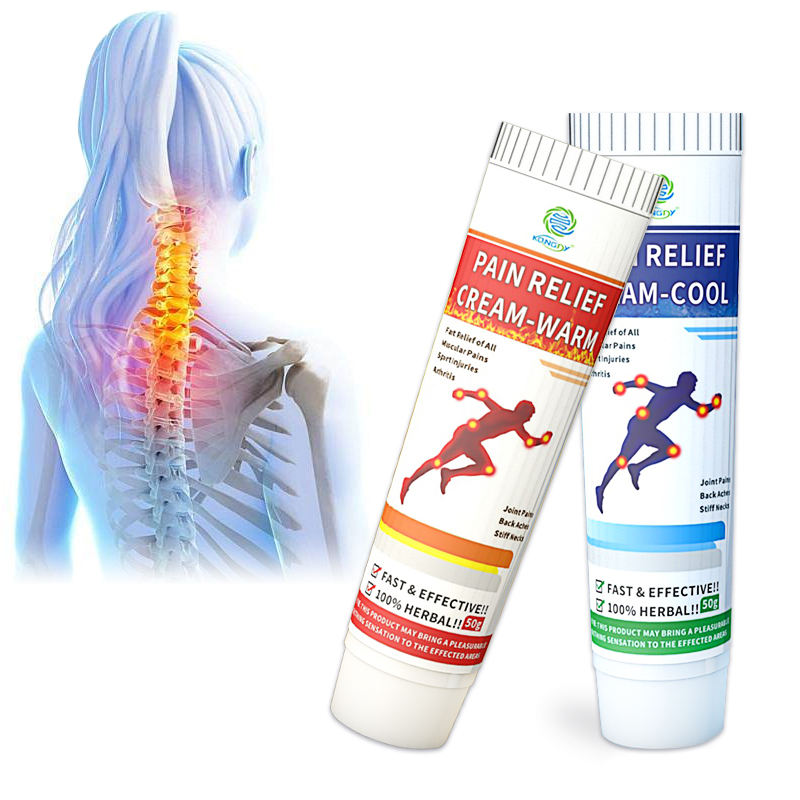Pain relief creams have gained popularity for their effectiveness in alleviating discomfort. While many of these creams contain conventional active ingredients, some individuals prefer a more holistic approach to pain management. This article explores the world of natural pain relief creams, delving into their benefits, ingredients, and tips for finding the right one for your needs.
- The Power of Natural Ingredients
Natural pain relief creams are formulated with plant-based or organic ingredients known for their analgesic and anti-inflammatory properties. Some common natural ingredients include arnica, capsaicin, turmeric, and CBD oil. These ingredients work together to provide relief from pain and inflammation. - Benefits of Natural Pain Relief Creams
Fewer Chemicals: Natural creams often contain fewer synthetic chemicals and preservatives, making them a preferred choice for individuals with sensitive skin or those seeking a more eco-friendly option.
Reduced Side Effects: With a focus on natural ingredients, these creams typically have fewer side effects compared to their synthetic counterparts. They are less likely to cause skin irritation or allergic reactions.
Holistic Approach: Natural pain relief creams align with holistic wellness principles. They aim not only to relieve pain but also to support the body’s natural healing processes.
Versatility: Just like conventional creams, natural pain relief creams come in various formulations to target specific types of pain. Whether it’s joint pain, muscle soreness, or nerve discomfort, there’s likely a natural option available.

- Choosing the Right Natural Pain Relief Cream
Selecting the right natural pain relief cream requires careful consideration:
Research Ingredients: Familiarize yourself with the natural ingredients commonly used in these creams and their specific benefits. Ensure the ingredients align with your pain relief needs.
Check Product Reviews: Read reviews from other users to gauge the effectiveness of the cream you’re considering. Real user experiences can provide valuable insights.
Consult a Holistic Practitioner: If you’re new to natural remedies or have specific health concerns, consult a holistic healthcare practitioner. They can provide guidance on the best natural options for your condition.
Patch Test: As with any topical product, perform a patch test to check for allergies or sensitivities, especially if you have sensitive skin.
In conclusion, natural pain relief creams offer an alternative approach to managing pain while minimizing exposure to synthetic chemicals. By understanding their benefits, ingredients, and how to choose the right one, you can embark on a holistic journey toward pain relief and overall well-being.






